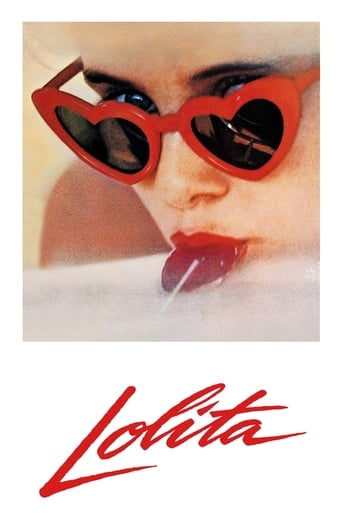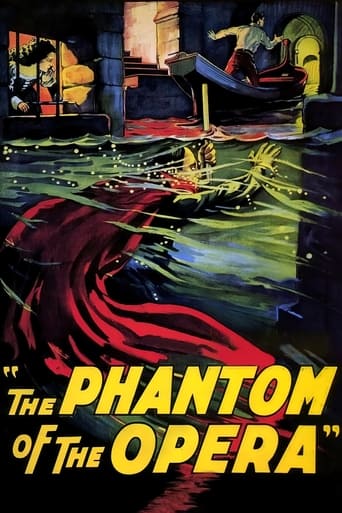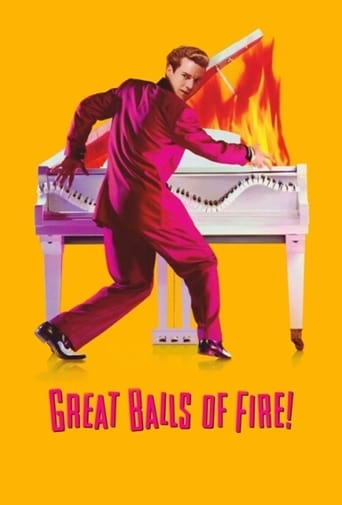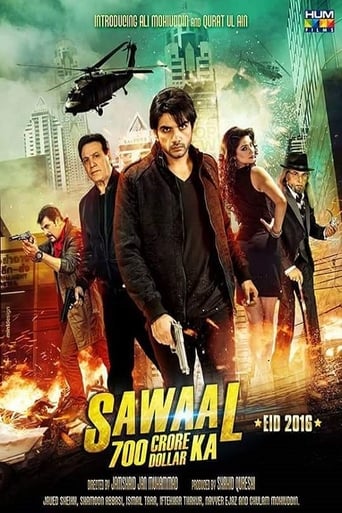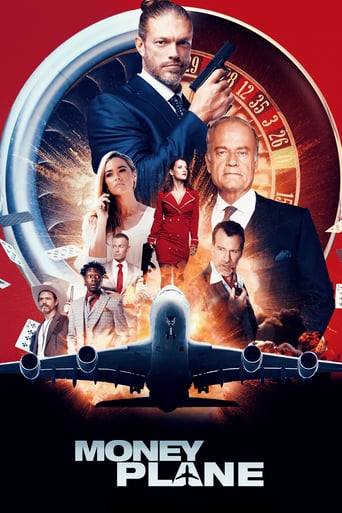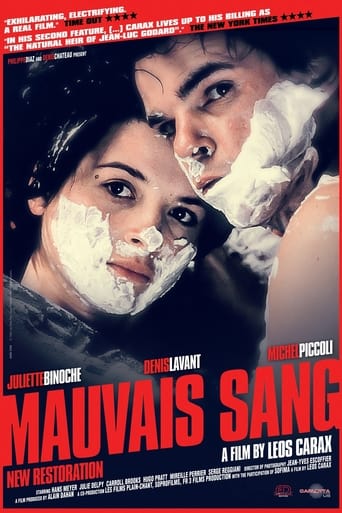

Mauvais Sang (1987)
Two aging crooks are given two weeks to repay a debt to a woman named The American. They recruit their recently deceased partner's son to help them break into a laboratory and steal the vaccine against STBO, a sexually transmitted disease that is sweeping the country. It's spread by having sex without emotional involvement, and most of its victims are teenagers who make love out of curiosity rather than commitment.
Watch Trailer
Cast
Similar titles
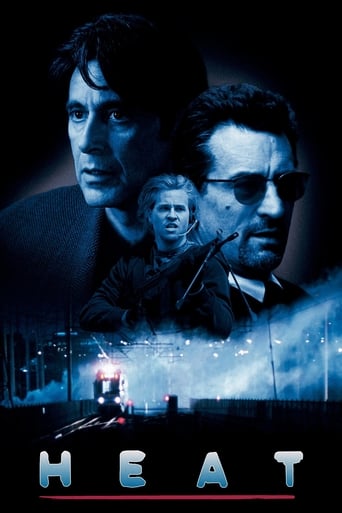

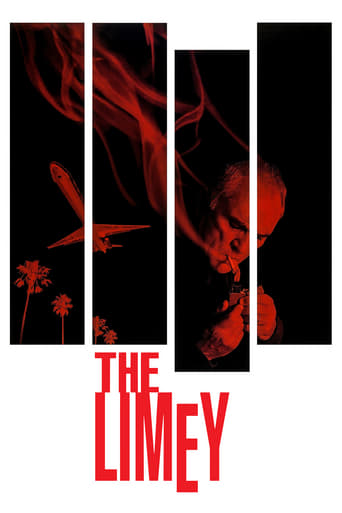
Reviews
It is a performances centric movie
Exactly the movie you think it is, but not the movie you want it to be.
This is a small, humorous movie in some ways, but it has a huge heart. What a nice experience.
A terrific literary drama and character piece that shows how the process of creating art can be seen differently by those doing it and those looking at it from the outside.
With his second feature Mauvais Sang, Leos Carax blends the standard genre conventions of the heist film and the disaffected youth film. These generic conventions allow Carax to take a shortcut in providing the basic elements of plot and character so that he can focus on stylistic innovation. The result is a poetic, dazzling film packed with memorable visual touches and camera-work. Particularly exhilarating are the frequent point of view shots, especially the ones that involve characters on motorcycles. A few of the bolder shots, such as one in which the camera spins toward abstraction as it covers the scattered lights of a cityscape at night, would not seem out of place in an experimental film by someone such as Stan Brakhage. Yet the plot, which concerns a young man's attempts to steal a serum that will help him earn a large sum of money so that he can move to a new town and begin a new life, is actually a bit too perfunctory and becomes bogged down as it spends too much time on a rather uninteresting relationship he forms with one of his accomplices' mistress. Nevertheless, this early effort from Carax hints at the potential that later films such as The Lovers on the Bridge would more thoroughly fulfill as it offers a certain unpolished charm all its own.
CAHIERS DU CINÉMA: There are no rules to cinema. No set way of getting from point A to point B, or a general expectation on the part of the filmmaker to include certain themes and conventions for the benefit of the audience. A film should make us think and feel; the rest is purely secondary. At twenty-six years old, Leos Carax understood this notion perfectly; taking inspiration from the early Nouvelle Vague films of director Jean Luc Godard and producing a work that underlined the key themes already established in his bleak and beautiful debut feature, Boy Meets Girl (1984), albeit, with a more clearly-defined and pronounced approach to the conventions of genre and narrative. Like Godard's early work, such as À bout de soufflé (1960), Bande à part (1964) and Pierrot le fou (1965), Mauvais Sang (1986) focuses on a number of weighty, existentialist themes - such as unrequited love and the alienation of Parisian youth - disguised by a series of hard-boiled genre conventions - brazenly lifted from post-war crime cinema and early film noir - and an approach to character that is filled with wit, emotion and searing imagination.L'ÉNFANT TERRIBLE: As ever with Carax, the results are unconventional and highly unique, as we follow a story that is deliberately trivialised in comparison to the more important hopes and dreams of the central characters, whose collective spirit of defiance, adventure and melancholic yearning spill out into the actual visual presentation of the film itself. Here, the similarities to Boy Meets Girl are clear, with lead actor Denis Lavant once again portraying a misfit character named Alex who here comes to act as a representation for Carax himself. However, unlike Boy Meets Girl, the film is this time presented in bold and vivid colour, with much of the action taking place on purposely built sets that fall somewhere between the traditional Gothic architecture of actual, rural France and the cold, retro-futurist design of Terry Gilliam's masterpiece Brazil (1985). Once again, the design of the film reflects the ideas behind the characters, with the notions of escape and of closing yourself off from the outside world and indulging in romantic folly being central to the underlining spirit of the characters, which are here, more important than the widely recognisable aspects of narrative development.CINÉMA DU LOOK: By visualising the film in such a manner, Carax is able to create a stark and somewhat surreal nocturnal underworld where his characters hide out - free from the rules of society and the conventions of time - with the production design, cars and costumes all standing as deliberate anachronisms to maintain the idea of a world removed from our own. It also works with the ironic, referential tone, in which elements of Godard give way to Chapin, who gives way to Welles, who gives way to West Side Story (1961), and all wrapped up in a preposterous plot that ties in with other French films of this cinematic period - later dubbed the "cinema du look" - in particular, Diva (1981) by Jean Jacques Beineix and Subway (1985) by Luc Besson. The basic outline of the story behind Mauvais Sang involves Lavant's young street punk running away from responsibility and inadvertently ending up helping two elderly criminals in a plot to steal an AIDS like virus from a futuristic, high-security laboratory, so that they can pay off an out-standing debt to a matriarchal Mafia boss. Along the way he dodges an old adversary and the girlfriend that he left behind and falls head over heels in love with the young fiancé of one of the criminals that he's there to help.L'AMOUR MODERN: This strand of the narrative is the one that is most clearly defined here, both in the romanticised nature of the film and the world view of its characters, as well as the appropriation of the American crime-film references and pretensions to post-war melodrama. Here, Alex is quite literally a boy playing the part of a gangster, with his self-consciously hard-boiled dialog, swagger and no nonsense attitude as he talks about his time spent in a young offender's institute, and how it has turned his insides into cement. Through his relationship with Anna - herself a cinematic reference to Anna Karina, right down to the Vivre sa Vie (1962) haircut - the weight of Alex's internal angst and macho bravado begins to erode, leading to that near-iconic moment in which our hero, realising his unspoken love for Anna, runs down the street in an exaggerated tracking shot, skipping, jumping and cart-wheeling to the sound Bowie's Modern Love. An astounding and unforgettable sequence that comes out of nowhere and immediately reinforces the film's unique sense of romantic fantasy and pure escapism against a backdrop of would-be gangster theatrics.STRANGULATION BLUES: The juxtaposition between grit, melodrama, fantasy and genre subversion is characteristic of Carax's work, with the self-consciously artificial world of the film and the playful and yet decidedly romantic nature of Alex and Anna's relationship tying together the themes of Boy Meets Girl with those of the director's third film, the grand cinematic "disaster" Les Amants Du Pont-Neuf (1991). Like those films, Mauvais Sang uses concept and narrative merely to present a reason for the characters to meet and interact, as the rest of the film develops from a collection of random scenes - linked by one or two reoccurring characters - that accumulate over the course of the film's duration to create a kind of whole. With this film, Carax created a fascinating cinematic abstraction of young love and alienation, unfolding in a world in which the representation of the audience is a young voyeur played by the director himself; a keen comment on the nature of film, and yet another fascinating component to this striking, unique and highly imaginative ode to love, escapism, and cinema itself.
You will remember Mauvais Sang because of: - its unique & very recognizable director's style; - visual experiments that have broadened the cinema art horizon (please don't forget that this film was released in 1986 and was copied since then in many other films and videos, which makes it less experimental nowadays); - high energy level due to variation in static close-ups and dynamic scenes shot by the moving camera; - love story that touches but stays far away from clichés; - plot that plays with stereotypes of a gangster film and leaves enough space for your imagination.Visual ideas of Leos Carax can be encountered in, for instance, Romeo + Juliet by Buz Luhrmann, Delicatessen by Jeunet & Caro and a recent art house hit - Le Fabuleux destin d'Amélie Poulain by Jean-Pierre Jeunet.
Having seen only his incredibly intense 1999 film, Pola X, I didn't exactly know what to expect with Bad Blood. The film is as a whole not as effective as the later film, but it serves to solidify Leos Carax in my mind as a truly great director. I love both films, and this one is definitely flawed, but the poetry which comes through onto the screen is absolutely incredible. Alex running down the street to Bowie, the motorcycle getaway, and the amazingly passionate and beautiful final scenes will remain with me for a while... the film is exquisitely wild and reckless and is truly innovative in the way it's put together. Even as I write this, shot after shot and scene after scene resurface in my mind, all of them worthy of mention, and all of them gorgeous and shattering in their own way. Carax is a deserving heir to the thrones erected by the new wave. Bad Blood is the work of a master, whether the film itself is a masterpiece or not... The characters are wonderfully crafted with very nice performances by everyone, it's very watchable and very human poetry of the highest calibre. See it, see a Leos Carax film, any of his films - I'm going to track down Boy Meets Girl and Lovers on the Bridge as soon as I can.



